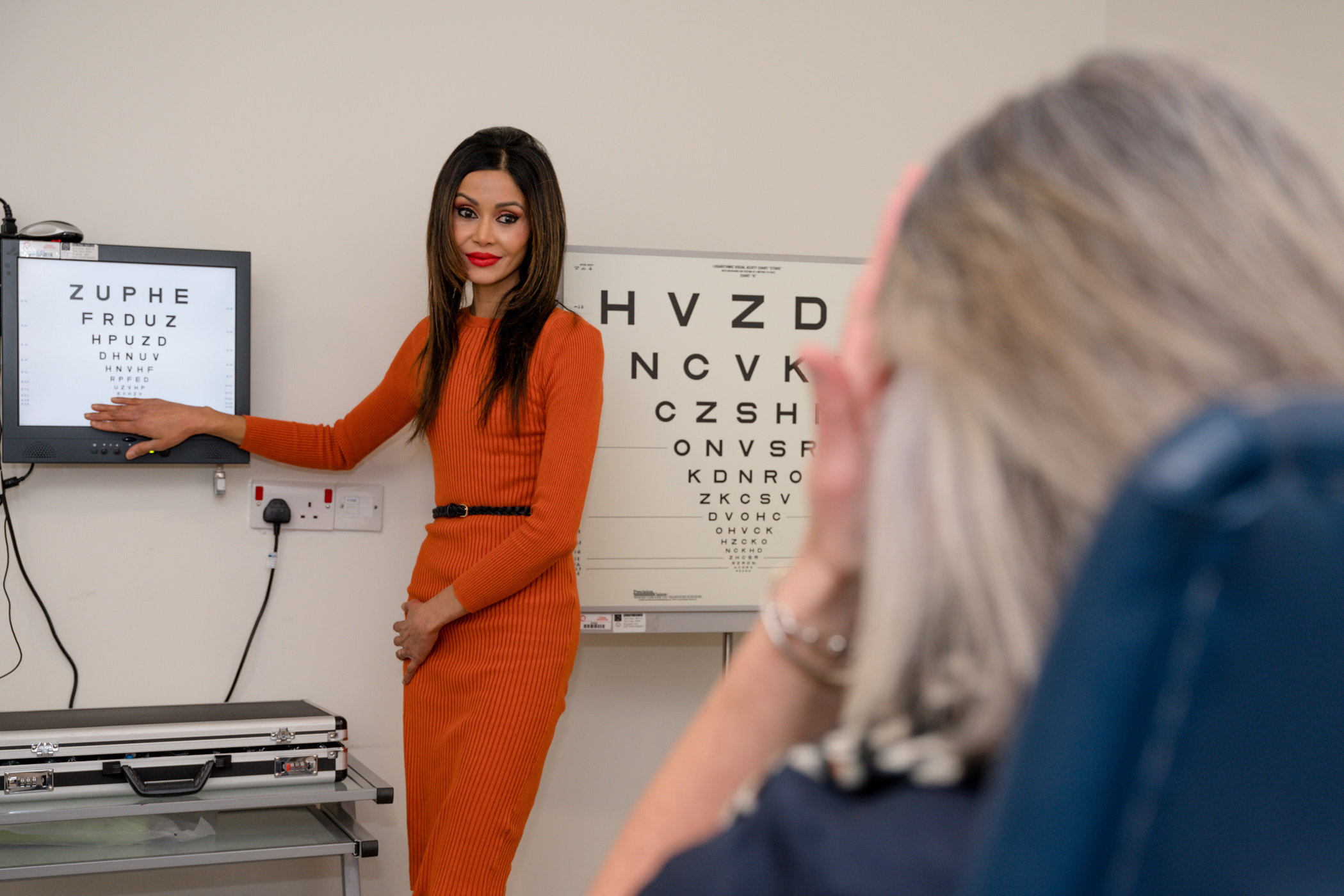AGE RELATED MACULAR DEGENERATION
Age-related macular degeneration (AMD) is a common condition that affects the sharp central vision. It usually first affects people in their 50s and 60s. The exact cause is unknown. It has been linked to smoking, high blood pressure, being overweight and having a family history of AMD.
AMD affects the central part of your vision, not the peripheral vision. You can get it in one eye or both. Sometimes AMD may be found during a routine eye test before you have symptoms.
The first symptom is often a blurred or distorted area in your vision. If it gets worse, you might struggle to see anything in the middle of your vision. AMD doesn’t cause total blindness, but it can make things like reading, watching TV, driving or recognising faces difficult.
Other symptoms include:
- seeing straight lines as wavy or crooked
- objects looking smaller than normal
- colours seeming less bright than they used to
- seeing things that aren’t there (hallucinations)
- AMD is not painful and doesn’t affect the appearance of your eyes.
There are two forms of AMD, dry AMD and wet AMD.
DRY AMD
Dry AMD usually only causes mild symptoms and gets worse very gradually over several years.
Most people with dry AMD retain reasonable vision and remain independent, although the eyesight may not be good enough to drive.
The only treatment for dry AMD is a combination of vitamin and minerals, which can slow down the disease and reduce the risk of sight loss.
WET AMD
Wet AMD is caused by abnormal blood vessels growing under the macula. If it is not detected loss of vision can happen rapidly over a few weeks or months.
Wet AMD can be treated successfully in many people, but the best results are seen in people where the problem is diagnosed quickly.
TREATMENT OF AMD
Treatment depends on the type of AMD you have.
Dry AMD – there’s no treatment, but vision aids can help reduce the effect on your life.
Wet AMD – you may need regular eye injections to stop your vision getting worse.
Eye injections
Anti-VEGF medicines – Aflibercept ( Eylea), Ranibizumab ( lucentis), and Faricimab ( Vabysmo) which is an anti-VEGF and and an Anti- ANG-2.
Injections given directly into the eyes:
- stops vision getting worse in 9 out of 10 people and improves vision in 3 out of 10 people
- usually given every 1, 2 or 3 months for as long as necessary
- drops numb the eyes before treatment – most people have minimal discomfort
- side effects include bleeding in the eye, feeling like there’s something in the eye, and redness and irritation of the eye







